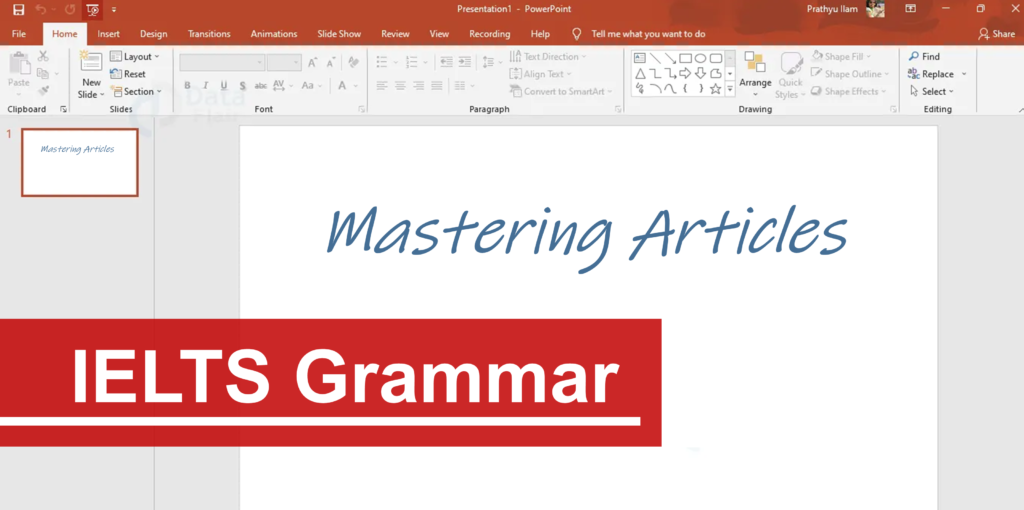Using Examples in IELTS Writing

In the realm of English language proficiency, the IELTS exam stands as a benchmark for assessing your ability to communicate effectively. A vital aspect of this proficiency is the use of cohesive devices. These devices help structure your ideas and make your responses coherent and clear, a crucial skill for both the speaking and writing sections. In this article, we will explore the use of cohesive devices, specifically for providing examples, showcasing how complex and simple phrases can be used effectively. We’ll also highlight the difference between mechanical and natural use.
The Importance of Cohesive Devices
Cohesive devices are linguistic elements that bind your ideas together, creating a logical and organized flow in your responses. They play a pivotal role in your ability to convey your thoughts and arguments clearly. In the context of providing examples, cohesive devices are essential for illustrating your point, whether in the IELTS speaking or writing tests.
Mechanical Use of Cohesive Devices
Example (Mechanical): “To illustrate, one example is when people use public transportation. For instance, individuals taking the bus can save money.”
In this mechanical use, the cohesive device “to illustrate” and “for instance” are used, but the flow is somewhat forced. It lacks the natural rhythm of language and may appear somewhat robotic.
Natural Use of Cohesive Devices
Example (Natural): “To exemplify the benefits of using public transportation, let’s consider the case of individuals taking the bus. By choosing this mode of transport, people not only save money but also reduce their carbon footprint, contributing to a more sustainable environment.”
In this natural use, the cohesive device “to exemplify” seamlessly introduces the example, and the example itself is elaborated upon with added context. The flow is more natural and engaging, making the response more compelling.
Cohesive Devices for Providing Examples
To master the art of using cohesive devices for giving examples effectively, consider employing the following complex and simple phrases:
Complex Phrases:
- To illustrate this point further: This phrase provides an opportunity to delve deeper into your example, offering a more comprehensive understanding.Example: “To illustrate this point further, consider the impact of deforestation on local ecosystems.”
- A case in point is: This expression signals a specific instance that exemplifies your argument.Example: “A case in point is the rapid growth of renewable energy sources in recent years.”
- For instance: This is a straightforward phrase to introduce an example.Example: “For instance, many countries have implemented strict emissions standards for vehicles.”
Simple Phrases:
- For example: A direct and commonly used phrase to introduce an example.Example: “For example, in many urban areas, air quality has improved due to reduced traffic congestion.”
- Such as: Another simple and effective way to introduce examples.Example: “Environmental concerns, such as pollution and climate change, have become global challenges.”
- Like: A casual yet suitable way to introduce examples, often used in everyday speech.Example: “Major cities, like New York and Tokyo, face unique urban development challenges.”
Incorporating these cohesive devices into your responses not only aids in structuring your ideas but also demonstrates your language proficiency, making your answers more engaging and compelling for IELTS examiners.
Conclusion
Mastering cohesive devices is a key aspect of IELTS preparation. When providing examples, the way you use cohesive devices can impact the clarity and cohesiveness of your responses. By practicing the use of complex and simple phrases in a natural, engaging manner, you’ll effectively illustrate your points, enhancing your chances of success in the IELTS exam.





